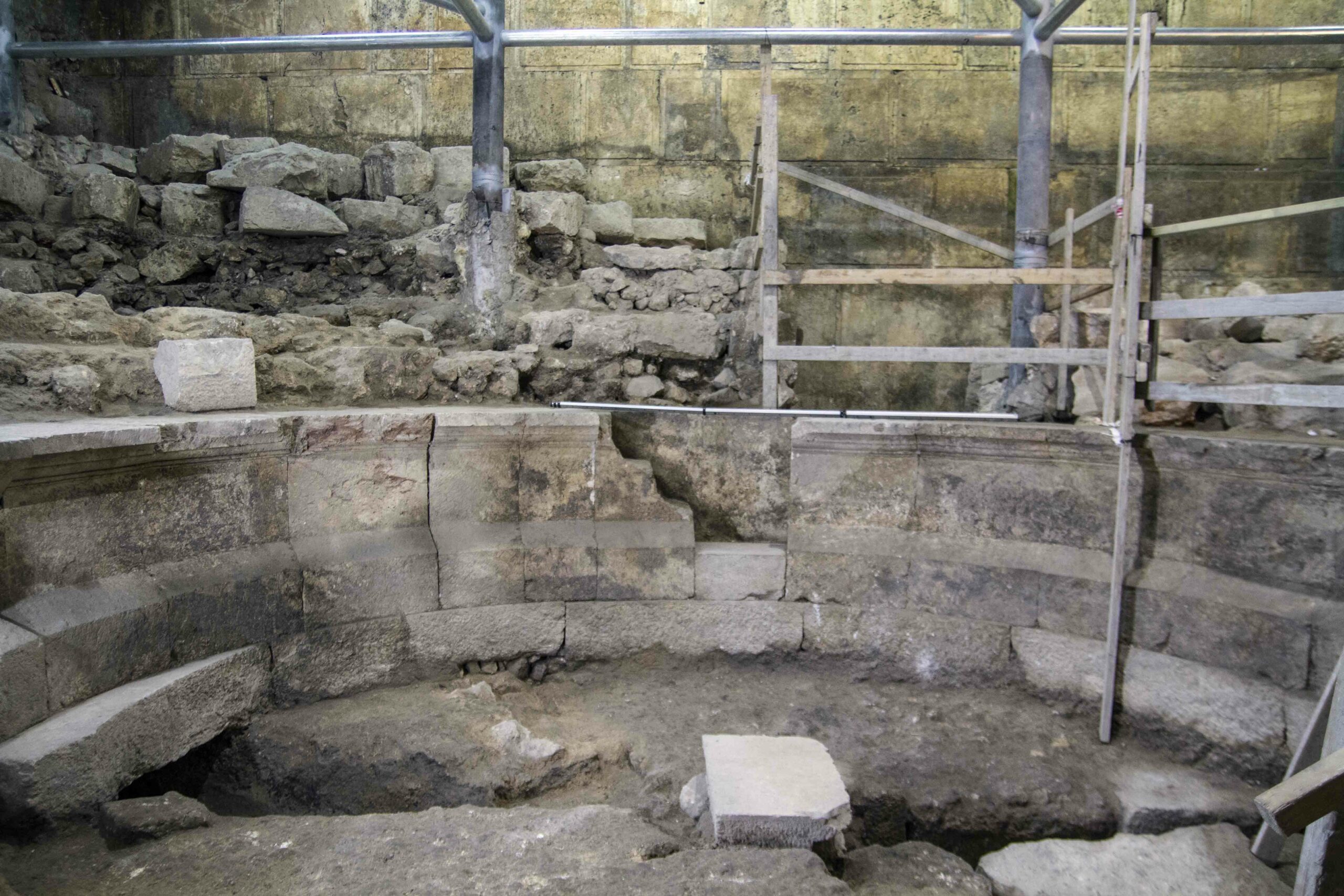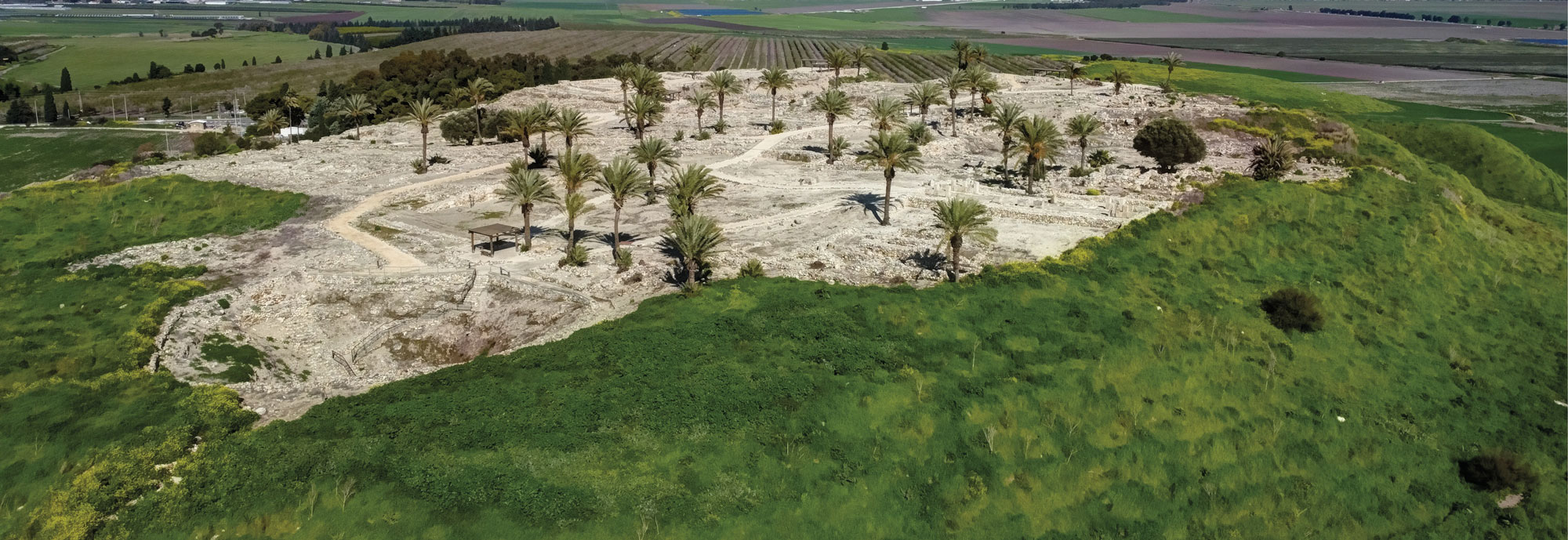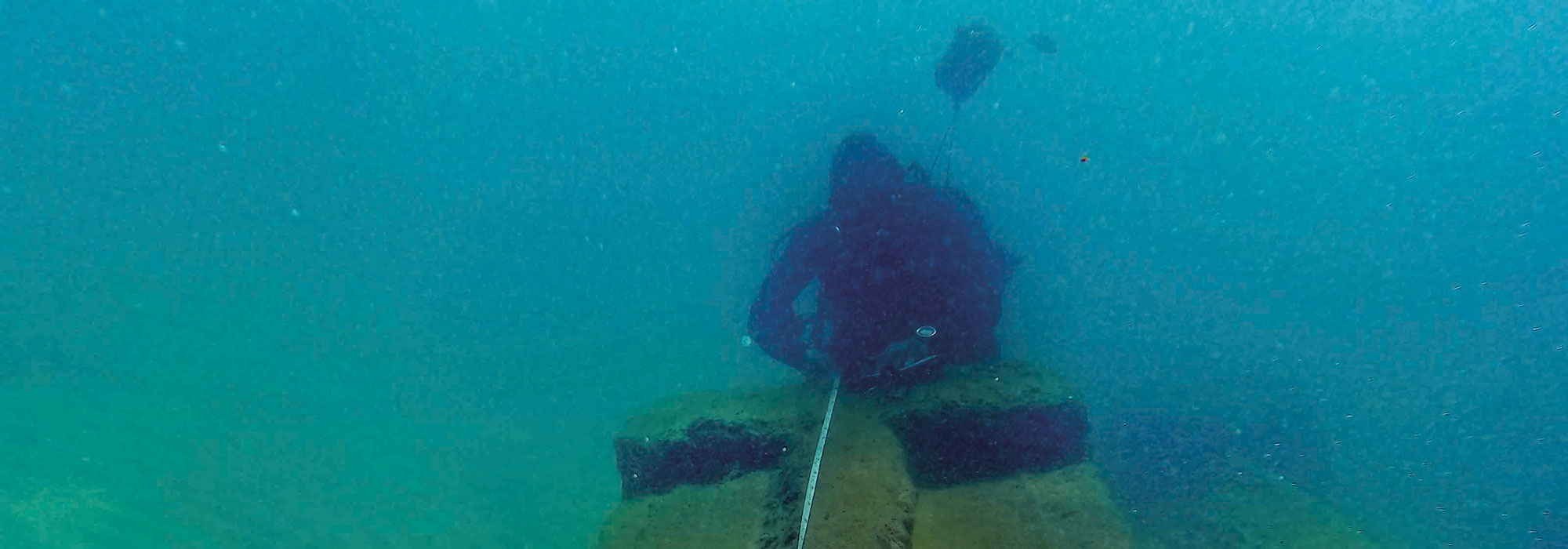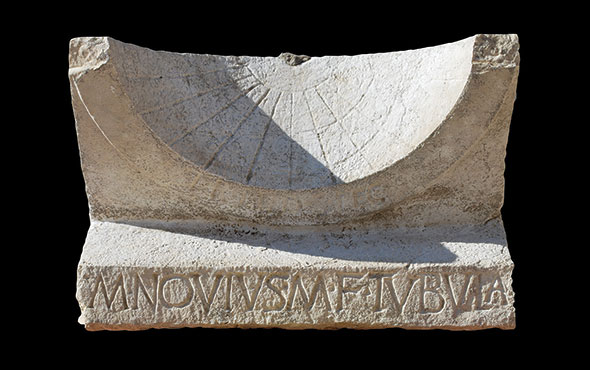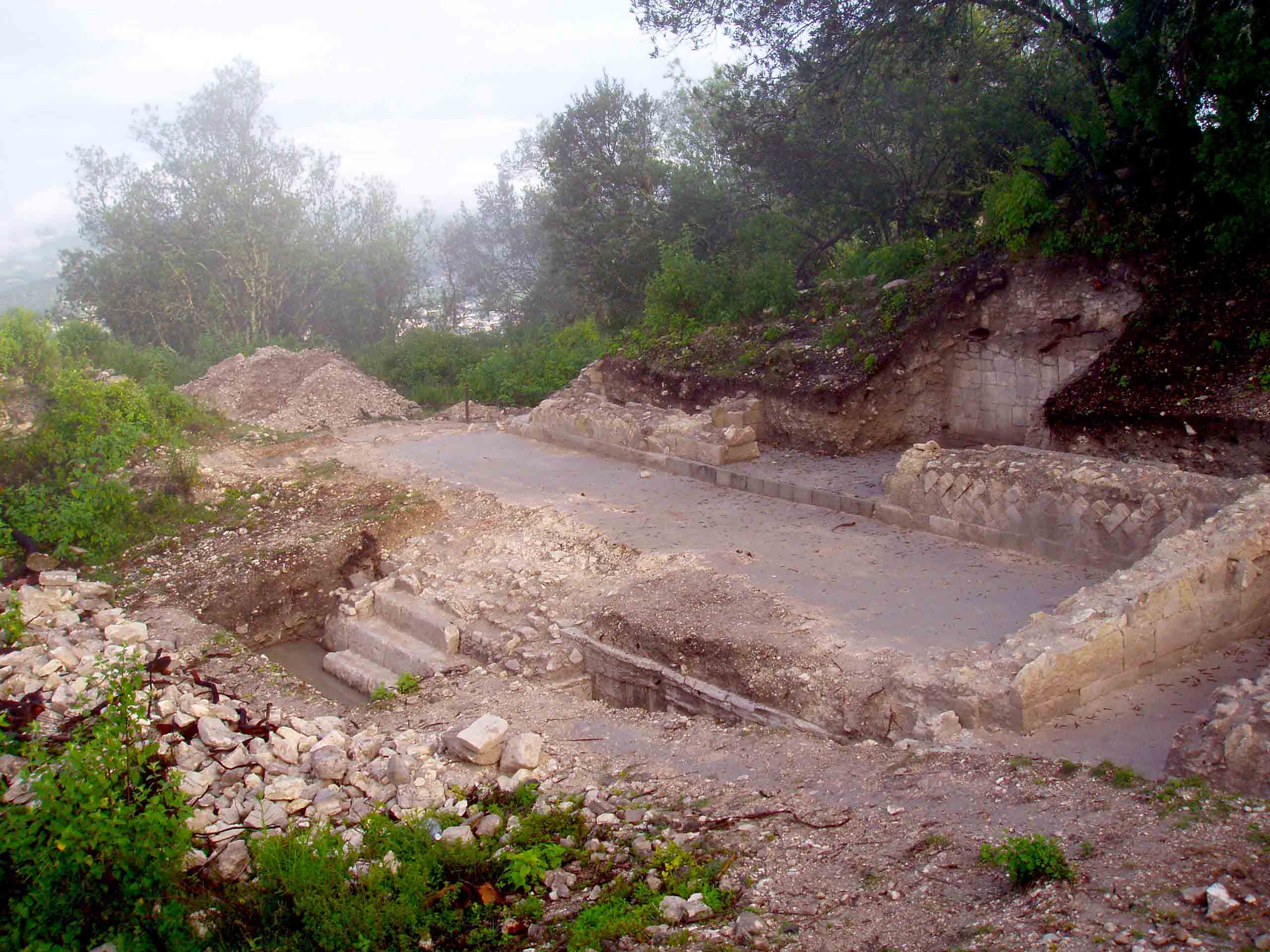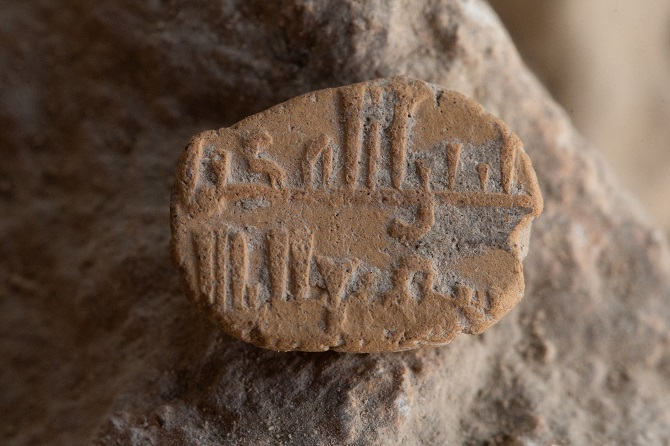
JERUSALEM, ISRAEL—According to a Haaretz report, a 1,000-year-old Islamic amulet has been found in one of the oldest areas of the city of Jerusalem. “Kareem trusts in Allah—Lord of the Worlds is Allah,” reads the amulet’s Arabic inscription. Yiftah Shalev of the Israel Antiquities Authority said the amulet would have been used to gain personal protection. It was recovered from between layers of plaster flooring in a poorly preserved structure, but it is not clear whether it was placed there as a talisman, or whether it was lost by its owner. “We found some foundation walls and floor tiles,” said Shalev. “It was a simple structure, possibly residential with some small industry.” Shalev explained that there may have been more of the small, clay amulets, but they have not survived. Similar dedications dating from the eighth through tenth centuries A.D. have been found along the Darb al-Haj, the pilgrimage route to Mecca. To read in-depth about an Umayyad desert castle in the vicinity of Jerusalem, go to “Expanding the Story.”


